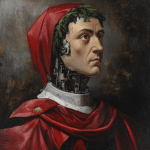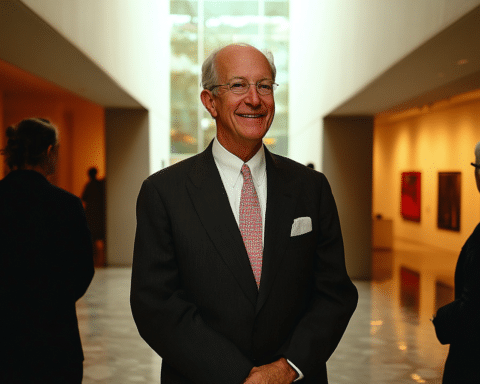Warsaw’s cultural landscape is undergoing a historic transformation with the opening of its new Museum of Modern Art, designed by renowned American architect Thomas Phifer. Officially opening its doors on Friday, the minimalist and light-filled structure symbolizes Poland’s break from its communist past and a commitment to openness and democracy.
A Symbol of Openness and Democracy
Situated on a major city street, the Museum of Modern Art stands as a bright white box, with its monumental geometric staircase and expansive windows flooding the interior with light. The design reflects the values of openness and inclusivity that Poland has embraced in its democratic era, 35 years after shaking off authoritarian communist rule.
“This place will change beyond recognition,” Warsaw Mayor Rafał Trzaskowski remarked. “It will be a completely new center. There has not been a place like this in Warsaw for decades, created from scratch to promote Polish art, which is spectacular in itself.”
From Communist Past to Contemporary Vision
Warsaw’s urban fabric has long borne the scars of its tumultuous history. Once rebuilt in the gray, utilitarian style of Eastern European communist regimes after World War II, the city now showcases a modern skyline of glass towers and cutting-edge cultural landmarks.
The museum occupies a previously used parking lot near the iconic yet controversial Palace of Culture and Science. Once a symbol of Moscow’s domination, the Stalinist skyscraper remains a recognizable part of Warsaw’s skyline. However, the new museum’s sleek white minimalism offers a counterpoint to this historical legacy.
Museum Director Joanna Mytkowska highlighted its significance: “This building is dedicated to open, equal, and democratic culture. It symbolically changes the center.”
Thomas Phifer’s Masterpiece
Thomas Phifer, whose portfolio includes prominent projects like the North Carolina Museum of Art and the Corning Museum of Glass, views the Warsaw Museum as his crowning achievement. “Of course,” he confidently stated when asked if this was his masterpiece.
Phifer emphasized that the building’s design complements Warsaw’s “remarkable renaissance” and aims to captivate visitors with its clean lines and vibrant spaces for art. “The museum is what I would call a magic box. You don’t understand this work until you come inside and experience it with the art,” he explained.
Criticism and Controversy
While many laud the museum as a bold statement for modernity, others criticize its stark austerity, comparing it to a concrete bunker. Phifer remains unfazed, believing the design will win skeptics over once they experience the space and its transformative interaction with the art.
Mayor Trzaskowski acknowledged the controversy, likening it to other groundbreaking projects like the Pompidou Centre or the Guggenheim in Bilbao. “The real controversies are yet to come when the avant-garde museum starts staging its exhibitions,” he added.
A Vision for the Future
The museum’s opening is only the beginning. Funded with a 700 million zloty ($175 million) investment, the institution will host large-scale sculptures and installations by prominent female artists in its first weeks. A complete launch, including a larger collection, is scheduled for February. The surrounding area, still under development, will evolve into a public forum with a garden and a theater designed by Phifer.
This modern art museum heralds a new chapter for Warsaw, bridging its historical struggles with a vibrant, creative future. As the city transforms, the museum is a testament to its resilience and cultural renaissance.


